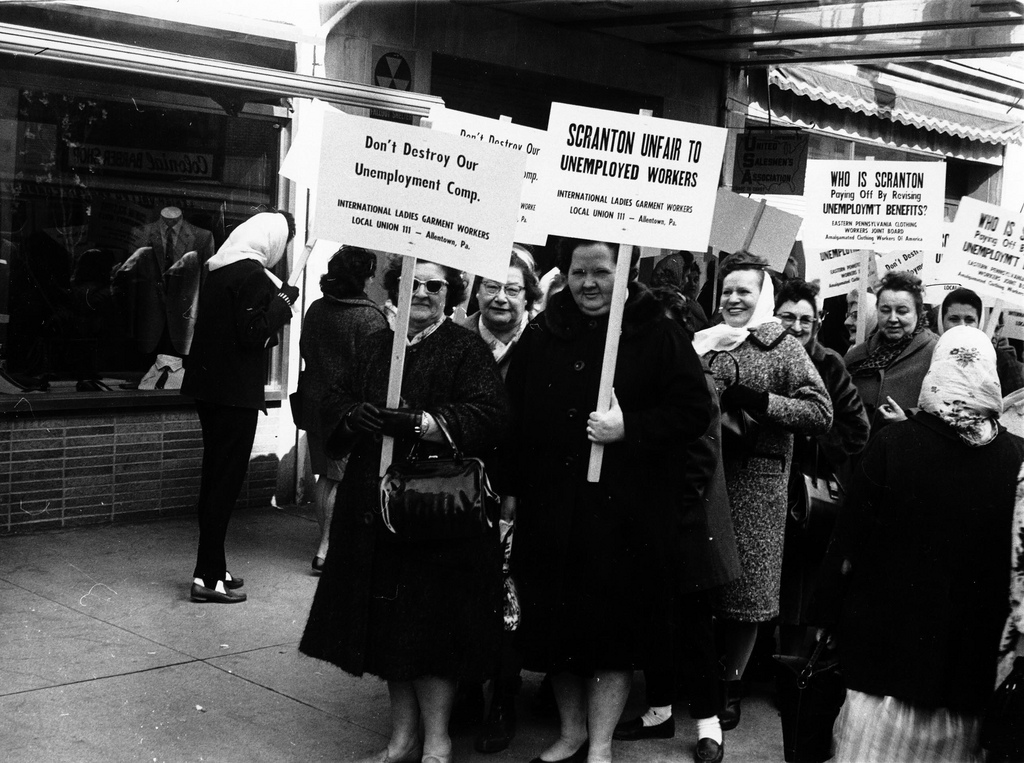Economy Watch: Household Worth, Leading Indicators, Unemployment Claims Dip in 2Q
U.S. household net worth dropped slightly in the second quarter. The Conference Board's Leading Economic Index for the nation also declined slightly. In addition, unemployment claims followed suit, dipping a significant amount.
By Dees Stribling, Contributing Editor
The Federal Reserve said in its second quarter of 2012 Flow of Funds report on Thursday that U.S. household net worth was $62.7 trillion in the same quarter, a slight decline compared with the first quarter. The most recent peak in household net worth was during the third quarter of 2007, when it stood at $67.4 trillion, mostly on the strength of inflated housing prices. By the first quarter of 2009, the most recent trough, household net worth was down to $51.2 trillion — an evaporation of $16.2 trillion in theoretical wealth (to compare, U.S. GPD in 2010 was a trillion or less than that, in the vicinity of $15 trillion).
The Fed calculates the net worth of households (and nonprofit organizations) by including real estate and financial assets such as demand deposits, stocks, bonds, pension reserves, and so forth, net of liabilities, which are mostly mortgages. The Fed doesn’t subtract a theoretical fraction of public debt obligations from household worth, which would be a whole other can of worms.
The central bank also reported that during the second quarter, household equity–valuation minus outstanding mortgages–was on average 43.1 percent, which is the highest level since second quarter of 2008. Housing prices increased a modest amount during the quarter, and at the same time aggregate mortgage debt went down. It’s also worth noting that nearly a third — 30.3 percent — of owner-occupied households had no mortgage debt. At the other end of the spectrum, more than 10 million U.S. households are under water.
Leading Indicators Edge Down
The Conference Board’s Leading Economic Index for the United States declined 0.1 percent in August to 95.7 (2004 = 100), following a 0.5 percent increase in July, and a 0.5 percent decline in June, according to the organization on Thursday. The index has declined in three of the last six months.
While the index’s growth rate has slowed substantially, it still remains in growth territory due to positive contributions from its financial components, including stock prices, yield spread and the Leading Credit Index, according to the Conference Board. Still, over the last several months, the index seems to be more-or-less flat, with the strengths and weaknesses among its components roughly balanced.
“The economy continues to be buffeted by strong headwinds domestically and internationally,” Ken Goldstein, an economist at the Conference Board, said in a statement. “As a result, the pace of growth is unlikely to change much in the coming months. Weak domestic demand continues to be a major drag on the economy.”
Unemployment Claims Drop
The U.S. Department of Labor reported on Thursday that for the week ending September 15, initial unemployment claims were 382,000, a decrease of 3,000 from the previous week’s revised figure of 385,000. The less jumpy four-week moving average was 377,750, an increase of 2,000 from the previous week’s revised average of 375,750.
Despite the jobs numbers, Wall Street had another listless day on Thursday, ending barely mixed. The Dow Jones Industrial Average gained 18.97 points, or 0.14 percent. The S&P 500 was down a lilliputian 0.05 percent, while the Nasdaq was off 0.21 percent.








You must be logged in to post a comment.